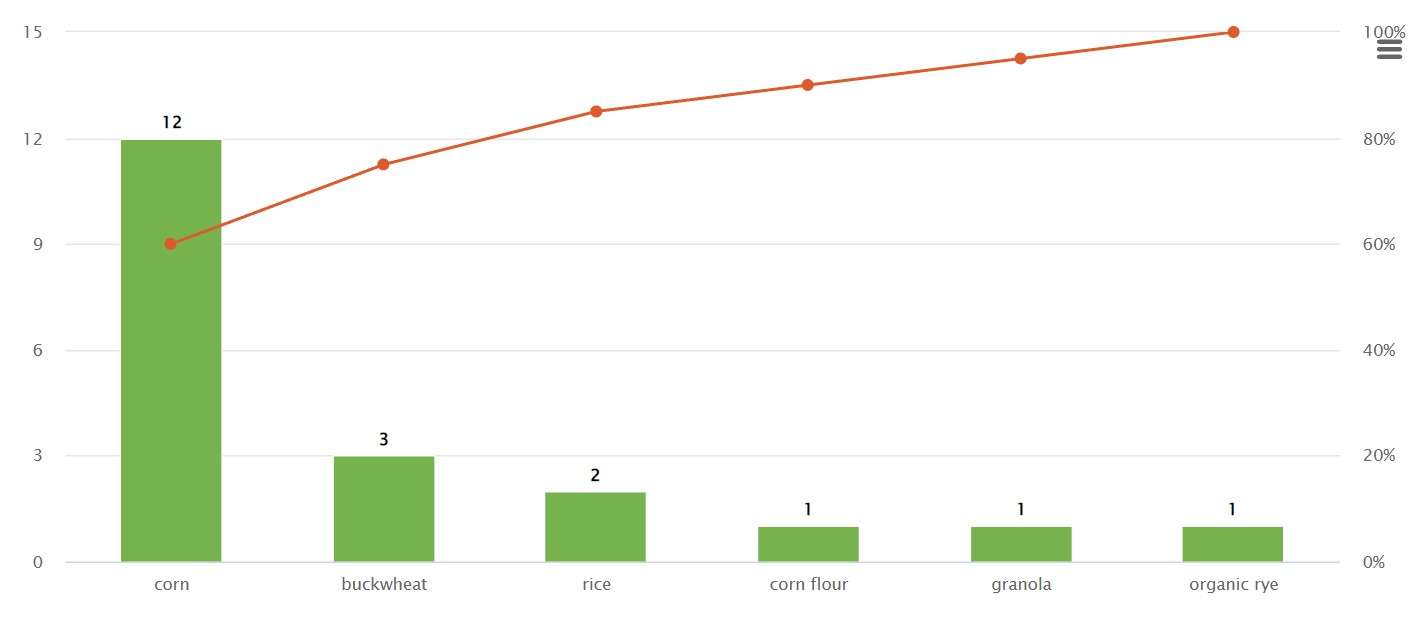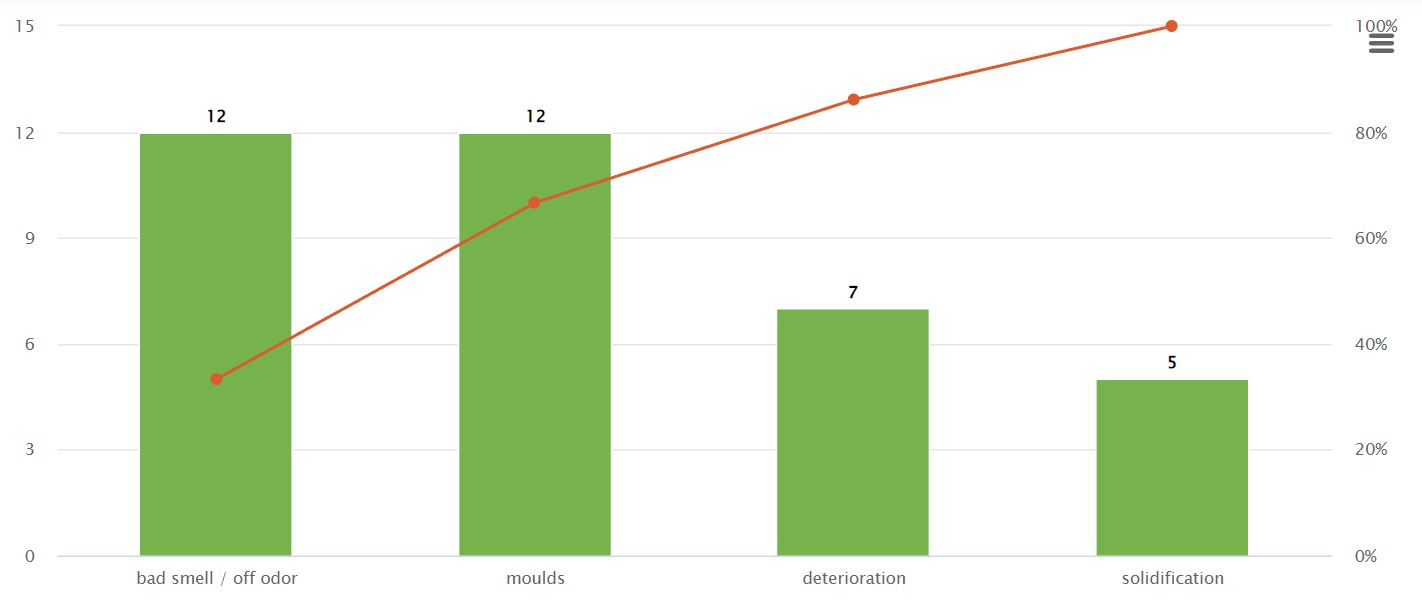
How can climate change affect the contamination of cereals and their by-products?
Fungal spoilage is still of great concern due to the vast food waste and economic losses for the food industry. It is rather hard to assess the losses due to mould contamination, however, it is estimated that between 5% and 10% of the world’s food production is lost due to fungal decay. In addition, toxigenic fungi under favorable conditions may produce mycotoxins which are secondary metabolites. Some of the mycotoxins can be extremely dangerous for human and animal health due to their carcinogenic and teratogenic effects. Besides their importance for public health, mycotoxins can impact world trade and lead to economic losses.
According to the annual report of 2020 published by the Rapid Alert System for Food and Feed (RASFF), mycotoxins were classified as the 2nd most frequently reported hazard for food products originating from non-member countries with a total of 400 notifications. In particular, aflatoxin B1 and ochratoxin A were the most reported mycotoxins. Consequently, in their report of 2021, 450 cases were reported representing a 6 % increase compared to 2020, rendering them the 3rd most notified hazard category.

But how are cereal crops and baked goods related to mould and mycotoxin contamination?
According to the highly cited article by Eskola et al. named “Worldwide contamination of food-crops with mycotoxins: Validity of the widely cited ‘FAO estimate’ of 25%”, 60-80 % of the grains worldwide are contaminated by mycotoxins. During harvesting and storage, cereals can be contaminated by some toxic fungi such as Aspergillus, Fusarium, and Penicillium. These filamentous fungi have been characterized as field pathogens and storage saprophyte microorganisms, being able to produce mycotoxins. Moulds growth and mycotoxin production can occur in a broad spectrum of environmental conditions such as high temperatures, and humidity, as well as poor hygiene during transportation and storage. Consequently, aflatoxin and ochratoxin A contamination in cereal crops is frequently encountered in temperate and tropical regions. Furthermore, mycotoxins are very stable compounds and can be pretty resistant to processing techniques rendering them problematic for foods like baked goods.
Since the beginning of the year, there have been 19 incidents worldwide concerning high levels of aflatoxins (B1, B2, and G1 in one incident) in products belonging to the food category of “cereals and baked products”. In particular, out of the 20 incidents, 17 were border rejections while 2 product recalls were reported too. Furthermore, 1 product recall was reported regarding high levels of ochratoxin A in organic rye from Belgium. The affected products included corn, corn flour, buckwheat, granola, organic rye, and rice (see graph below). In addition, 16 incidents have been reported regarding mould contamination. Out of those, 12 concerned border rejections of rice and barley due to off odor, solidification, and deterioration due to moulds contamination.

As it turns out the FOODAKAI’s forecasting algorithms had already predicted that there would be new food safety incidents in “cereal and baked products” due to moulds in the months to follow. More specifically, has been predicted an increase of 85 and 300 % in rice and wheat respectively, regarding moulds contamination.

How can climate change lead to increased incidents of mould and mycotoxin contamination?
Climate change was identified as one of the 5 grand challenges to play a key role in the future of food safety, in a recent report written by food safety expert Professor Chris Elliott. Increased temperatures and rainfalls are predicted to have a strong impact on food safety since the conditions for moulds growth and consequently, mycotoxins production will be more favorable and at the same time, new routes of crop contamination will rise through feces. On the other hand, water scarcity will result in poor hygiene conditions, again favoring crop contamination by this group of contaminants.
Finally, we can only expect the percentage of contaminated crops to rise in spread and contamination. Globally 30 % of liver cancer is associated with exposure to aflatoxins. As a result, the impact of increased exposure to human and animal health still remains unknown but should not be underestimated. Since the majority of mycotoxins cannot be eliminated during processing, the appropriate measures taken throughout the supply chain should be focused on the inhibition of fungal growth on raw materials and food products.







